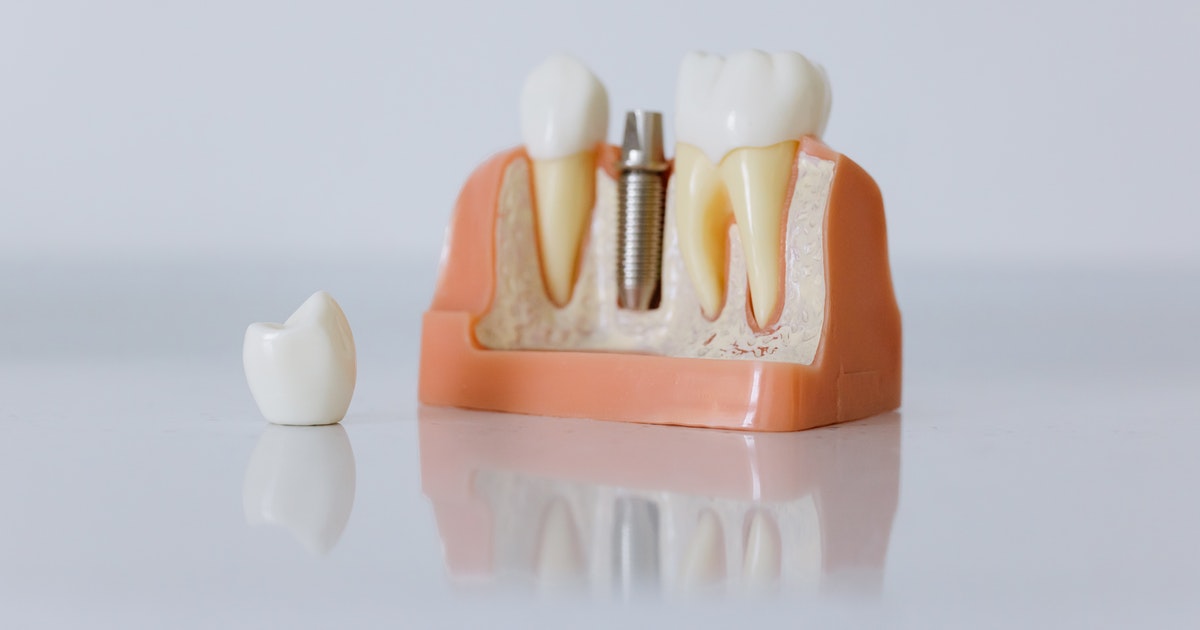Advances in Dental Materials: A Look inside Digital Workflows
A special issue of Applied Sciences (ISSN 2076-3417). This special issue belongs to the section "Applied Dentistry and Oral Sciences".
Deadline for manuscript submissions: closed (10 June 2023) | Viewed by 61047

Special Issue Editor
Interests: ental materials and prosthetic technologies; restorative dentistry; adhesion; oral diseases; aesthetic dentistry; endodontics; teeth; periodontics; dentistry; adhesives; operative dentistry; dental materials; composite resins; dental caries; clinical dentistry; esthetic dentistry; dental education
Special Issues, Collections and Topics in MDPI journals
Special Issue Information
Dear Colleagues,
In recent years, we have witnessed an increasingly rapid and decisive affirmation of digital dentistry, which has seen an increase in its quality levels and, consequently, in its fields of application. On the basis of this evolution, there is a constant development of materials related to digital dentistry, which are giving dentistry other ways of seeing and thinking about treatments.
This Special Issue will focus on dental materials and techniques that revolve around digital workflows. What are the latest developments in CAD-CAM hybrid materials? Do we have reliable protocols for the cementation of the latest generation of zirconia? Which adhesive approaches allow us to reliably lute CAD-CAM materials? What stage have we reached on surgical guides and implant-prosthetic rehabilitations? What do we know about fiber-reinforced resinous materials or the reliability and precision of 3D printing in oral rehabilitations? Can intraoral scanner completely substitute “analogical” impressions?
Many questions require updated answers in this field: scientific research often finds itself chasing digital progress due to the rapid evolution of everything that revolves around the fascinating and risky digital dentistry.
Prof. Dr. Nicola Scotti
Guest Editor
Manuscript Submission Information
Manuscripts should be submitted online at www.mdpi.com by registering and logging in to this website. Once you are registered, click here to go to the submission form. Manuscripts can be submitted until the deadline. All submissions that pass pre-check are peer-reviewed. Accepted papers will be published continuously in the journal (as soon as accepted) and will be listed together on the special issue website. Research articles, review articles as well as short communications are invited. For planned papers, a title and short abstract (about 100 words) can be sent to the Editorial Office for announcement on this website.
Submitted manuscripts should not have been published previously, nor be under consideration for publication elsewhere (except conference proceedings papers). All manuscripts are thoroughly refereed through a single-blind peer-review process. A guide for authors and other relevant information for submission of manuscripts is available on the Instructions for Authors page. Applied Sciences is an international peer-reviewed open access semimonthly journal published by MDPI.
Please visit the Instructions for Authors page before submitting a manuscript. The Article Processing Charge (APC) for publication in this open access journal is 2400 CHF (Swiss Francs). Submitted papers should be well formatted and use good English. Authors may use MDPI's English editing service prior to publication or during author revisions.
Keywords
- digital dentistry
- CAD-CAM
- luting
- implant-supported prosthodontics
- intraoral scanner
- 3D printing
- fiber-supported resins
- adhesive system





